Are More Children Being Subjected to Invasive Dental Procedures?
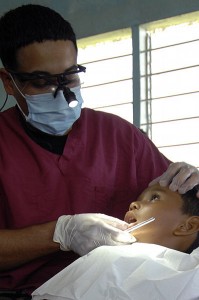 As I stated in a previous article, titled Cavity Rates in Young Children Are Rising, the rates of tooth decay and cavities in children are climbing. Some dentists even state that they are seeing numerous preschool-age children that have six to ten cavities at one time. When children visit the dentist with severe decay (numerous cavities), many dentists opt for invasive procedures. Some dentists are stating that they are performing more invasive procedures than ever before. A report in the New York Times stated that:
As I stated in a previous article, titled Cavity Rates in Young Children Are Rising, the rates of tooth decay and cavities in children are climbing. Some dentists even state that they are seeing numerous preschool-age children that have six to ten cavities at one time. When children visit the dentist with severe decay (numerous cavities), many dentists opt for invasive procedures. Some dentists are stating that they are performing more invasive procedures than ever before. A report in the New York Times stated that:
"We have had a huge increase in kids going to the operating room,” said Dr. Jonathan Shenkin, a pediatric dentist in Augusta, Me., and a spokesman for the American Dental Association. “We’re treating more kids more aggressively earlier." (Saint Louis)
What exactly is meant by treating children aggressively? According to the reports, children are being placed under general anesthesia and the dentist then performs root canals, tooth extractions, or places crowns on the teeth. General anesthesia itself caries risks for children, and there is even the rare possibility of brain damage or death. For parents that opt out of using general anesthesia, they face another problem. Dentists may resort to strapping a child down. In one case, a mother refused anesthesia and her child was strapped to a papoose board and screamed during the entire procedure.
While there are some situations that warrant intervention by a dentist, most cases of do not need to be treated so aggressively. In many cases of tooth decay the solution is a change in diet--not invasive procedures that can be traumatizing and costly, for the parents and the children. It has been reported that many children who do undergo dental procedures to correct tooth decay end up having issues with their dental health in the future. The New York times noted that, "Multiple studies have shown that even children who undergo general anesthesia to treat dental decay end up with cavities again." (Saint Louis)
If the treatments used by dentists worked, then it would be easy to think that a child would leave the dentist's office with healthy teeth and would not face future issues with his or her dental health. The problem with the treatments that the dentists are using is that they do not address the underlying cause of the tooth decay. While many of the dentists state that children need to start brushing more or drinking fluoridated water, those things are not going to help the child's dental health. Fluoride is actually a toxic substance and tooth brushing is just good hygiene.
The underlying cause of is their diet. One nurse in the New York Times article even noted that a child came to the clinic carrying a bottle of pop, which is something that is full of sugar and bad for the teeth. While many dentists believe the sugars in foods or beverages feed off of bacteria on the teeth, which results in decay--this is not true. The high levels of sugars in these foods and the fact that they lack nutrients causes disruptions in the blood sugar levels in the body and alters the internal body chemistry. This results in an imbalance of vitamins and minerals in the body that can result in tooth decay and cavities.
So, what can be done for a child who has tooth decay or cavities? A parent can find a . Some cases of tooth decay or cavities in young children that are very severe may need some type of treatment, but a dentist that adopts a less invasive approach will most likely try to save the child's teeth and naturally correct the problem, instead of performing painful and invasive procedures. Yet this choice is up to the parents to decide. The next step is to change the child's diet. Children should not consume a diet that is high in sugars or processed foods. Instead, children need a diet that is rich in fat-soluble vitamins, minerals and, nutrients, such as grass-fed meats, raw dairy products, and vegetables. With the correct diet, many dental problems in children, such as cavities and tooth decay, can be . To learn more about the foods children need to consume for optimum dental health, you can read the book .
References:
Saint Louis, Catherine. "Preschoolers in Surgery for a Mouthful of Cavities." New York Times. New York Times, 06 March 2012. Web. 7 Mar 2012. <http://www.nytimes.com/2012/03/06/health/rise-in-preschool-cavities-prompts-anesthesia-use.html?_r=3&pagewanted=1&hp>.
"Aggressive tooth decay strikes toddlers." UPI.com. N.p., 06 March 2012. Web. 7 Mar 2012. <http://www.upi.com/Health_News/2012/03/06/Aggressive-tooth-decay-strikes-toddlers/UPI-85781331093463/>.
Photo Credit: Ernest Scott from public domain
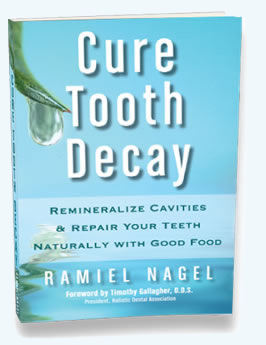


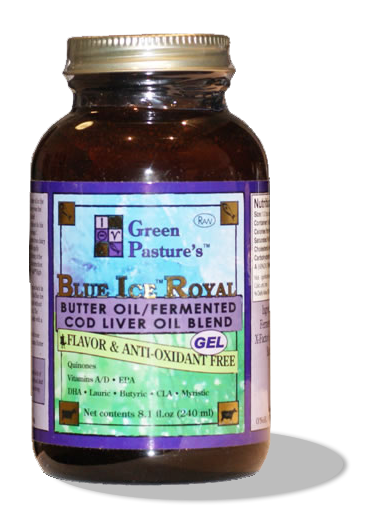
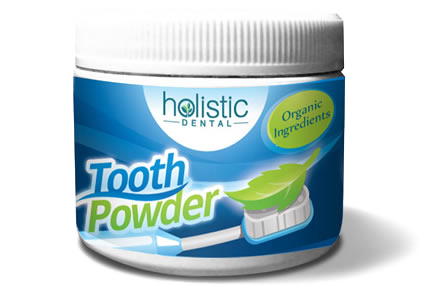
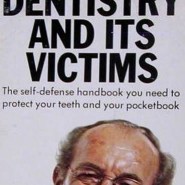 The One Thing that Shocks Dentists
The One Thing that Shocks Dentists Diet Recovery: e-Book Review
Diet Recovery: e-Book Review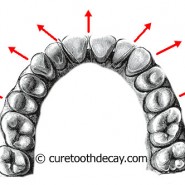 Assembly Line Orthodontics Can Damage Faces
Assembly Line Orthodontics Can Damage Faces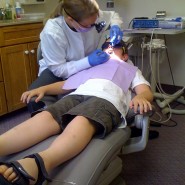 Pediatric Dentistry – Possible Inadequacies
Pediatric Dentistry – Possible Inadequacies Magical Toothpaste Too Good To Be True
Magical Toothpaste Too Good To Be True Fluoride: A Toxic Waste, Part 2
Fluoride: A Toxic Waste, Part 2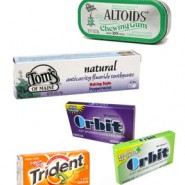 Sugar Alcohols and Tooth Decay
Sugar Alcohols and Tooth Decay Mounting Environmental Mercury Concerns – But What About Our Mouths?
Mounting Environmental Mercury Concerns – But What About Our Mouths?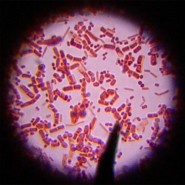 Bacteria Does Not Cause Disease – Raw Milk And Tooth Decay
Bacteria Does Not Cause Disease – Raw Milk And Tooth Decay Type 2 Diabetes Epidemic in Children; Dentistry and Tooth Decay
Type 2 Diabetes Epidemic in Children; Dentistry and Tooth Decay



6:34 pm on April 9, 2013 Permalink
For parents that opt out of using general anesthesia, they face another problem.